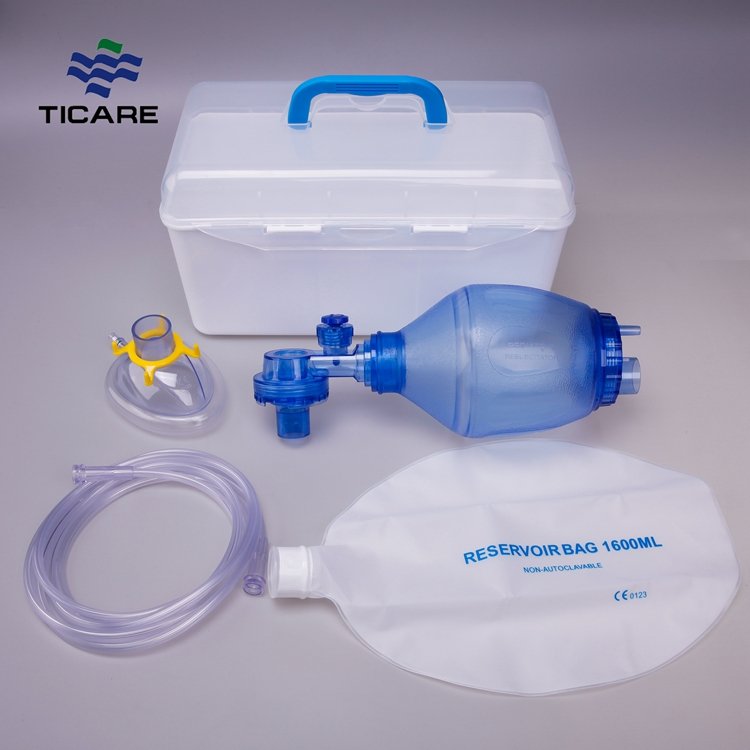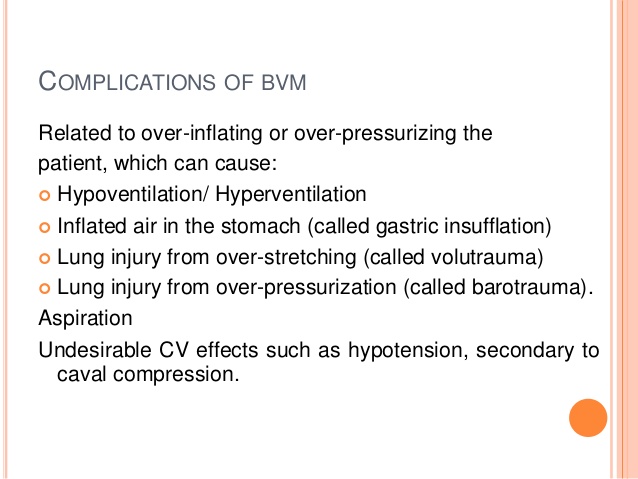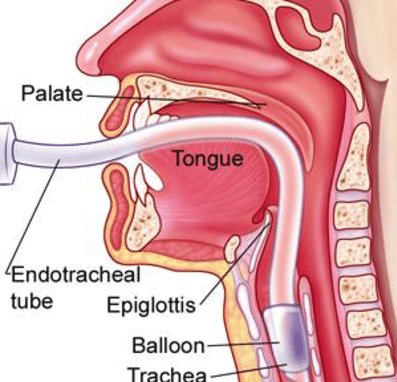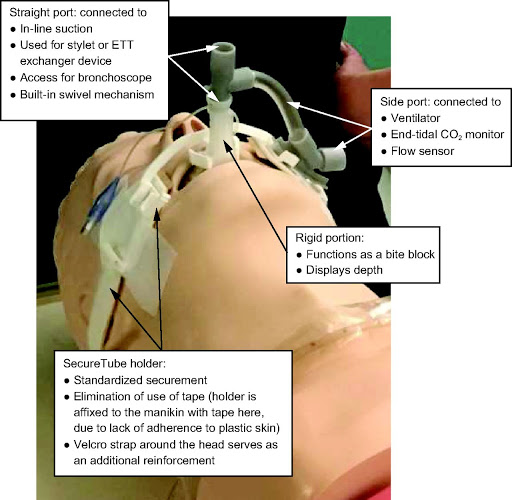There are many tweets going around regarding locally manufactured "Mechanical Ventilators". Made with noble aim of helping Coronavirus patients.
While such innovation are amazing and should be welcomed, it& #39;s important we understand what an ICU ventilator is.
A Thread.
While such innovation are amazing and should be welcomed, it& #39;s important we understand what an ICU ventilator is.
A Thread.
This thread is just to provide information about the complexity of an automated mechanical ventilator. And why there is such shortage around the globe. Countries are fighting to lay hands on them. And why are they so expensive?
It is a not that simple.
It is a not that simple.
Firstly, let& #39;s understand what ventilator(s) are.
There is a bag valve mask (BVM) or Ambu bag. This is generally used in ambulances or emergency to aid the lungs before proper medical intervention. They are pressed manually with hand to pump ambient air into the lungs
There is a bag valve mask (BVM) or Ambu bag. This is generally used in ambulances or emergency to aid the lungs before proper medical intervention. They are pressed manually with hand to pump ambient air into the lungs
Most - if not all- of the attempts I& #39;ve seen, made by our very patriotic and able engineers, has been to make the Ambu bag automatic. To help press the air with a machine instead of human hand.
But that& #39;s not what a mechanical ventilator is. It& #39;s way too complex.
But that& #39;s not what a mechanical ventilator is. It& #39;s way too complex.
A patient in ICU, who& #39;s needing assisted ventilation or cannot breathe, will purely depend on this mechanical ventilation. So what functions should this ventilator have and why can& #39;t the press/release Ambu bag suffice?
For starters, you need to be able to control the flow and volume of air sent into the lungs (this is doable with the Ambu as well), but this volume, has to have a feedback from the lungs itself at a given time, otherwise, u will burst the lungs with air pressure.
Besides the volume, it is important to have the right concentration of Oxygen in the inhalation process, otherwise you risk suffocating the patient with recycle CO2. Generally, a feedback sensor is required to constantly monitor the oxygen level in the blood.
The average Oxygen composition in air is about 21%, but sometimes the patient might need higher concentration, and u can& #39;t just increase the amount of air because the lungs has a maximum volume. So a pure O2 is generally used and controlled by a mass-flow controller.
Imagine when/after running, you breathe faster, so u can supply the increase in demand of O2 in your body, but a sedated patient doesn& #39;t have that privilege, the machine needs to do the thinking.
But that& #39;s just the beginning, ventilators also control how long inhalation should last. Each of these require a very sophisticated engineering system. That& #39;s why ventilator are very expensive and even to operate them is a whole medical practice in itself.
The ventilator is also equipped with a humidity temperature sensor. Remember your gas equation? PV=nRT ?. The pressure is related to volume and temperature. If one thing changes, other things also will.
Besides the gas supply, the part that goes to the patient is also very complex. If a patient can& #39;t inhale/exhale, an endotracheal tube (ET) is placed in the wind pipe, then connected to a ventilating system. This part is also not that simple.
Remember, airflow is like current in a circuit, it flows where there is minimum resistance. So the ET along with a balloon-like (plus some fluid sensors) is placed inside the windpipe and blown to seal the windpipe, otherwise you& #39;ll just be ventilating the hospital.
Without the balloon, any build-up pressure will be sent into the room, as I said, you& #39;ll be ventilating the hospital. Among the sensors placed with the balloon is humidity so the doctors/nurses can know of there is fluid buildup and intervene.
From an engineering point of view, making a system to give air in and out of peanuts, literally the easiest. But what& #39;s more complicated is understanding what the Docs and nurses need and are trained upon. This includes the "Modes" of operation for a Ventilator.
There are a number of modes that a Ventilator operates on, and depending on patients condition - the experts know which to choose. What are those modes, let& #39;s take the most common one for example, the Assisted Control (AC).
In this mode, the the ventilator will be triggered by a negative pressure coming from the lungs. In other words, the patient initiates the breathe and the ventilator responds with a specific volume, rate, speed, composition and duration of CO2 and O2. Sync is Very critical here.
The other modes are even more complicated. A single error will cause the patients life. That& #39;s why these devices are expensive to make and difficult to pass certifications. Also to operate them. Highly trained professionals are needed on these thing.

 Read on Twitter
Read on Twitter






